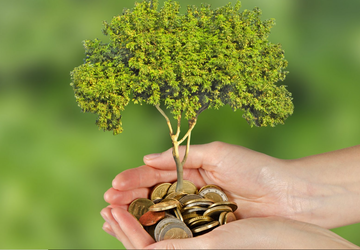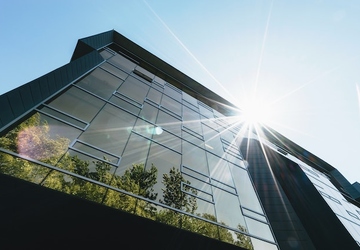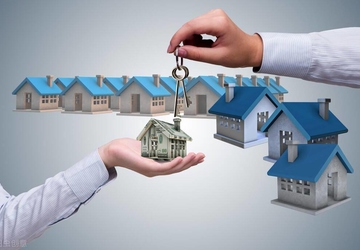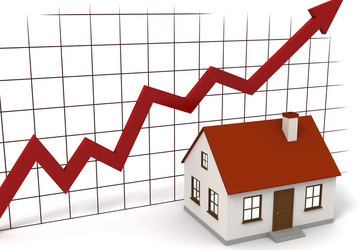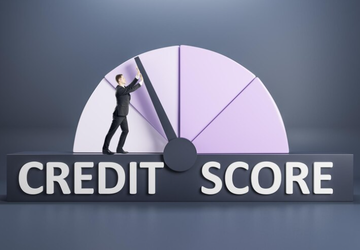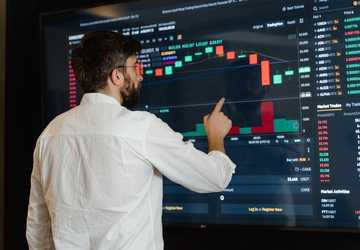Top 10 Green Building Innovations: Sustainability in Real Estate
The concepts of green construction, green building, and sustainable construction can be used interchangeably. Innovations in eco-friendly construction technology are crucial for protecting the environment, maximizing resource usage, and improving building regulations. Green construction involves using sustainable and efficient practices to make sure about the long-term durability of the structure.
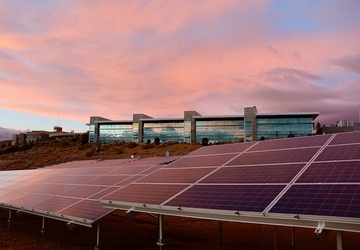
The goal is to guarantee that the techniques employed in construction are economically efficient, long-lasting, and have minimal adverse impacts on the environment and human welfare. This primarily revolves around optimizing energy and resource efficiency, promoting worker health and safety, preserving water, and minimizing pollution and waste. This article focuses on the most recent advancements in environmentally-friendly construction and showcases the ten influential trends that are currently molding the industry.
What is a Green Building?
Green building refers to the construction of buildings that emphasize sustainability as a priority. Intelligent strategies incorporate the clever use of sustainable energy sources such as solar power, water, and other accessible resources. Efficient steps are implemented to reduce pollution and limit waste.
Top 10 Green Building Innovations
1. Integrated Environmental Assessments
IEAs provide a thorough method to assess and reduce the ecological effects of buildings from their inception until their end. Intelligently evaluate the life cycle in order to ascertain the environmental effects of construction materials and procedures. Building information modeling allows for a detailed visual representation of the building and its various systems. The startups are cleverly harnessing the potential of the International Energy Agency (IEA) by creating and using digital tools for the purpose of gathering and analyzing data. Designers employ these evaluations to contrast different design alternatives and enhance the ecological efficiency of constructions.
2. Solar Power
Solar energy is becoming increasingly popular in sustainable construction due to its integral role in promoting environmentally friendly building practices. Solar panels in active solar power systems harness the sun's radiation and convert it into usable energy in the form of both heat and electricity. Nonetheless, passive solar energy utilizes sunlight's heat to warm houses through thoughtful window placement and the integration of heat-absorbing surfaces. While the initial cost of adopting this technology may be higher compared to traditional methods, it ultimately leads to lower energy expenses and decreased greenhouse gas emissions from fossil fuel sources. The windows effectively capture heat from the surroundings, thereby minimizing the requirement for electricity or alternative heating methods during colder periods such as winter.
3. 3D printing
They utilize methods like concrete printing and additive manufacturing to create eco-friendly building materials. Smartly put, 3D printing efficiently reduces material waste, accelerates production processes, and enhances design adaptability. Innovative techniques for environmentally-friendly construction are being employed by new and up-and-coming businesses, leveraging this technology. 3D printers have the capability to produce objects using easily accessible substances such as sand and clay. The passage discusses the advancements in 3D printing, with a specific focus on the development of larger printers capable of constructing entire buildings. This advancement in technology enables the production of on-site 3D printed building components, enhancing the ability to design complex and unique structures.
4. Biodegradable Materials
Numerous traditional construction materials contribute to the accumulation of waste and harmful substances that can endure for centuries without breaking down. Employing biodegradable construction materials guarantees eco-friendly practices that can be continued for an extended period. A clever choice to consider is using environmentally-friendly materials such as bamboo and non-toxic paints by recycling them, instead of thoughtlessly throwing them away in a landfill.
5. Offsite Construction
Offsite construction is the practice of manufacturing building components in a controlled environment before they are transported to the designated construction site. Startups with clever ideas are developing sustainable construction solutions that go beyond traditional construction sites, benefiting both the construction industry and the environment. Utilizing this technique ensures reliable production and higher quality standards, unlike traditional on-site construction, which is susceptible to weather-related delays.
6. Use of Smart Appliances
The main emphasis of durable construction technologies lies in the integration of energy-conserving and highly productive appliances during their installation. Residential and commercial buildings are significant contributors to global energy usage. This is why the inclusion of smart devices has become essential in sustainable construction methods. The aim of the technology is to develop energy-efficient buildings suitable for both residential and commercial use.
7. Circular Construction
Innovative startups are providing revolutionary solutions for construction, such as modular building systems, circular bridges, and environmentally-friendly paints and coatings. Smartly, circular construction supports environmental preservation through an approach that prioritizes the development, manufacturing, and ongoing utilization of sustainable products. This method efficiently decreases waste and rejuvenates our surroundings.
8. Cool Roofs
An intelligent approach to the concept of a cool roof is to utilize reflective coatings and specialized tiles, which reduce heat absorption and instead reflect a considerable portion of sunlight. Consequently, temperatures have the potential to drop by up to 50 degrees Celsius. Minimizing heat absorption and controlling the release of thermal energy assists in keeping the temperature inside residences and structures stable and pleasant. Cool roofs are a component of eco-conscious designs aimed at reducing the absorption of warmth and light by redirecting their flow.
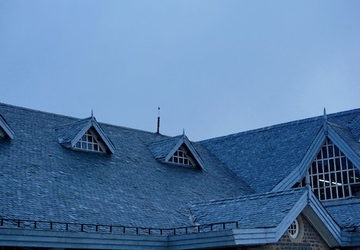
9. Immersive Construction
It creates computer simulations that replicate real-life situations. The incorporation of digital technologies in immersive construction serves to enhance sustainability in the construction industry while also promoting teamwork and collaboration. This platform has intelligent capabilities that allow for immediate project visualization and analysis, along with interactive and secure staff training.
10. Electrochromic Smart Glass
The primary purpose of electronic smart glass is to prevent the penetration of heat from sunlight, specifically during the summer months. Utilizing Electronic Smart Glass in the construction sector presents an environmentally friendly and long-lasting alternative. The intelligent glass utilizes low electrical signals to manage the windows and adjust the level of sunlight it reflects.
Conclusion
The integration of advanced technologies is causing a substantial change in the construction sector. They cater to the rising need for eco-friendly structures and commitment to moral principles. To gain a thorough comprehension of the leading advancements in sustainable construction, please refer to the previously provided information.




